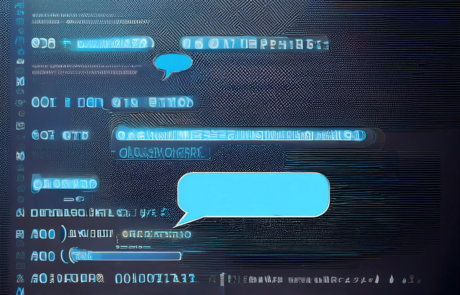Requirements to Code
Requirements to Code
Our interactive solution is the most convenient way to get with generative AI from requirements to code. It all generates from Natural Language via knowledge graphs transferred into a formal model capable of reasoning.
Requirements management for software architectures and for software solutions is often a neglected task in the development process. Especially when it comes to custom tools. Thus many agile development processes are neglecting a proper user story tailored into requirements. They often do software development based on feature request. By this way the codebase stays always in an unhealthy state because you can never properly design a software architecture in advance to lay out the bigger picture first. It then becomes highly complicated to redesign the procedures and classes if you figured out a more object oriented approach would have made it more versatile and reusable. With the concequence:
- that the software becomes a set of funktions but doesn’t fit a real user story.
- Also over years the codebase looks like a patchwork piling up a bunch of dept.
- You dwell in functional programming unable to build up a reusable object oriented structure
Developing software becomes a bottom up task where the development is driven on demand of a function but does not subordinate a bigger user story, going out from UX standards up to requirements where it finally leds into a function

Handling requirements to create architecture blueprints is a complicated task
It is not guaranteed, that requirements developed by a requirements engineer is sufficiently described so it can be transferred into software architecture. There are requirements like:
- functional and
- non functional
Especially the non-functional requirements are of diffuse nature which are not that easy to quantify. at the end all goes down to quantification of requirements into functions. Natural language terms are not rigid. Terms get negotiated in the content so the meaning is viscous but can finally be constrained through an iterative approach
Unlike common chat bots like Generative Pretrained Transformers (GPT) which do not ask for details and thus hallucinate if the prompt was not clearly specified our solution asks for details and specification. because only if you clarify terms in a context you can constraint functional logic to it. Here you can see our pipeline how it works:




